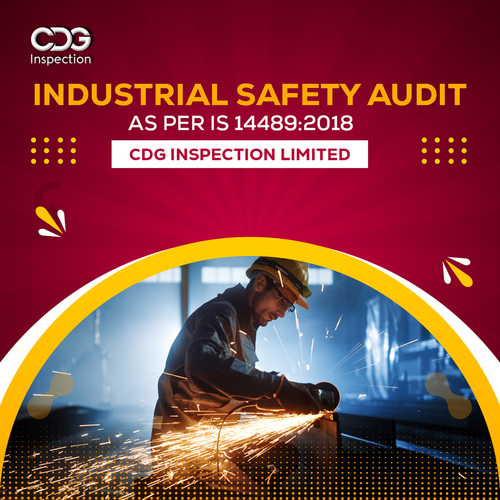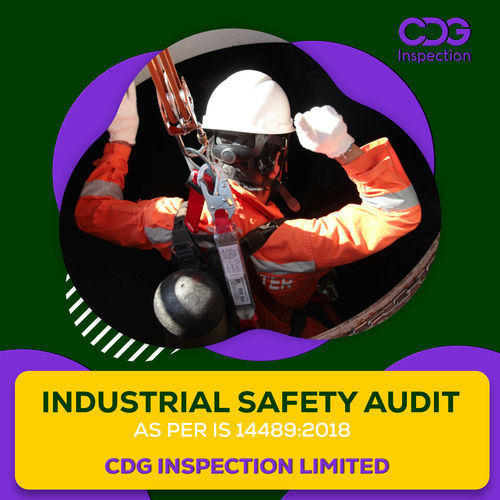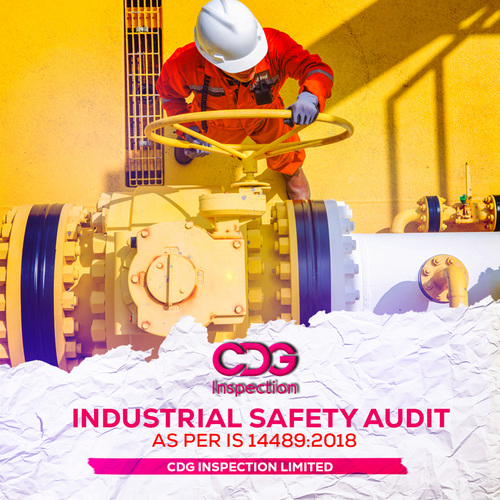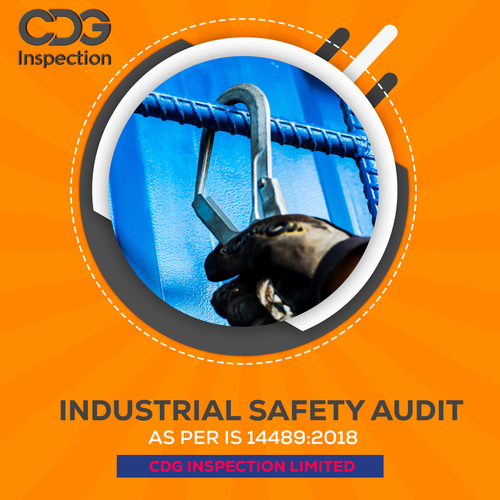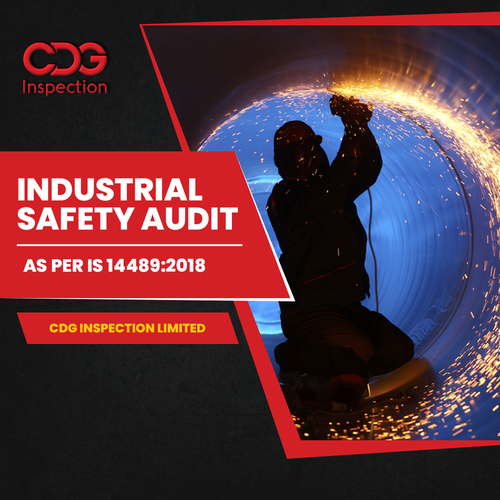Industrial Safety Audit in Delhi
Product Details:
Product Description
Safety audits are essential for any industry because they are procedures designed to keep people safe, improve operational efficiency and reduce maintenance costs and the findings are used to improve safety, help with equipment scheduling, set budgets, among other things. A safety audit is a structured assessment and evaluation of how workplace activities can affect health and safety. It helps organizations to evaluate and optimize their health and safety programs and improve safety management. Safety audits are not synonymous of safety inspections because while the first examine and evaluate whether safety programs and practices are meeting the organizations goals, the last are periodical inspections that look for hazards, risks, and other issues that might prevent a company from operating safely. The purposes of carrying out safety audits are establishing whether the company is in compliance with safety legislation and identifying weaknesses and deficiencies in their safety programs and processes. A safety audit identifies different levels of risk in all the particular areas of an organization. Safety audits can help the workplace to become safer and improve the organizations health and safety procedures. How to conduct a safety audit, Every organization should conduct periodic workplace safety audits. It is very important to have this sort of assessments to ensure that the work environment is protected and prepared to handle any hazardous occurrence that may happen. The following steps are vital to carry out effective workplace safety audits. Determine the scope and objectives of the audit, Checking standards and codes that apply to the audited processes can help the audit team members set goals and add to their skill sets. The results of previous audits can be another source of useful information especially if an objective is to analyse if the recommendations of previous audits have been implemented and are working. Create a report with recommended actions, After the audit, the person or team in charge of the assignment should compile all notes into a report that summarizes findings. The report should include a list of recommended actions based on the findings. Set priority actions, Audits can reveal the need for major corrective actions and minor actions that the company should consider to implement in the short or long term. The audit team should work with managers and supervisors to set priorities based on the finding. Issues that possess biggest risks should receive priority over items with lower risks. Propose actions to optimize health and safety, After finishing the assignment, the team in charge should make some recommendations based on the data obtained and assign a completion and review date to all corrective actions to be implemented. Publish safety audit results, Posting audit results also helps everyone within an organization understand any changes that may be necessary and how those changes will increase their personal safety. It also acknowledges the audit team, as well as the contributions of managers and employees who were part of the process. Conducting safety audits require time and effort, however, they provide worthwhile results that can take a company to the next level in matters related to health and safety. Audits can also trigger proactive safety changes that can help prevent employee injuries, illness and death. Workplace safety audits attempt to identify whether safety management systems are operating effectively and efficiently. In general, workplace injuries and accidents are the result of minor issues that could have been identified by conducting workplace safety audits earlier. Therefore, these assessments protect both employees and the organizations by reducing injuries and operating costs and, as a result of this, increasing productivity.

